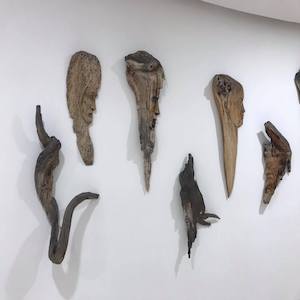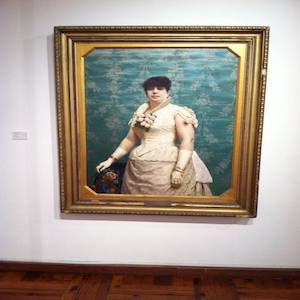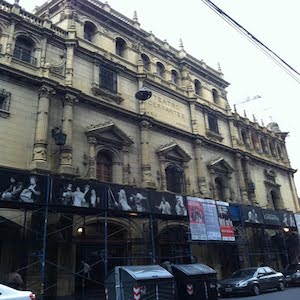South America

San Antonio Convent
Located in the capital city of Rio de Janeiro, Brazil, this convent is one of the oldest religious structures in the region. The current structure was built in 1780, during the final decades of Portuguese rule in the area.

“Entrando a la plaza” by Pedro Figari
This painting from 1922 depicts a bullfight in a crowded arena of Montevideo, Uruguay. Scenes of these types of public events (also including circus and horse shows) were a favorite subject for the artist, Pedro Figari (1861-1938).

Artwork by Calixto Mamaní
Calixto Mamaní was an Argentine artist from the city of Salta, in the north of the country. His work emphasized the influence of the Incas, the indigenous peoples who ruled over much of the Andes Mountain region before the Spaniards arrived.

The Cathedral of Buenos Aires
The Catedral Metropolitana de Buenos Aires is the principal Catholic church in the capital city of Argentina. Although construction began around 1580, the church underwent a long building process, with expansions and repairs occurring over the next three-hundred years.

Espacio de Arte Contemporáneo
This building is located in the city of Montevideo, the capital of Uruguay. Once used for a prison, it now operates as a contemporary art museum. The complex was built in 1889 in the style of panopticon, which features several branches all centered around one point.

Portrait of Carlota Ferreira
This painting depicts a controversial figure in the history of Uruguay and Argentina. The subject is Carlota Ferreira, an upper-class woman born in Montevideo in 1838.
The Abolition of Slavery Project
By breaking up the site into different areas of focus, such as enslavement itself and abolition, it allows itself to be easily navigable by students and scholars alike.
The World: Map of N. & S. America
Matthaeus Seutter was an acclaimed German mapmaker in the early eighteenth century. He published maps that introduced the geography of the Americas to many people who would never set foot on the continents themselves.

A Colony in Crisis: The Saint Domingue Grain Shortage of 1789
...the site’s method of limiting each translated entry to about 1000 words is a great way to foster greater engagement with these sources without being too much to handle at once.
Teatro Nacional Cervantes
The Cervantes Theater is located in Buenos Aires, Argentina, near the historically aristocratic zone of Recoleta. Actress María Guerrero and her husband Fernando Díaz de Mendoza played a major role in the establishment of this theater, which was officially inaugurated on September 5, 1921.